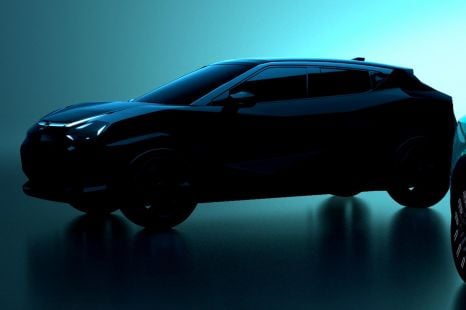

Damion Smy
Nissan Juke EV will use Leaf platform, due in 2026 - report
10 Hours Ago
As ‘the best or nothing’, Mercedes proudly claims to be the archetypal luxury car manufacturer. How do its grilles reflect this?

Contributor
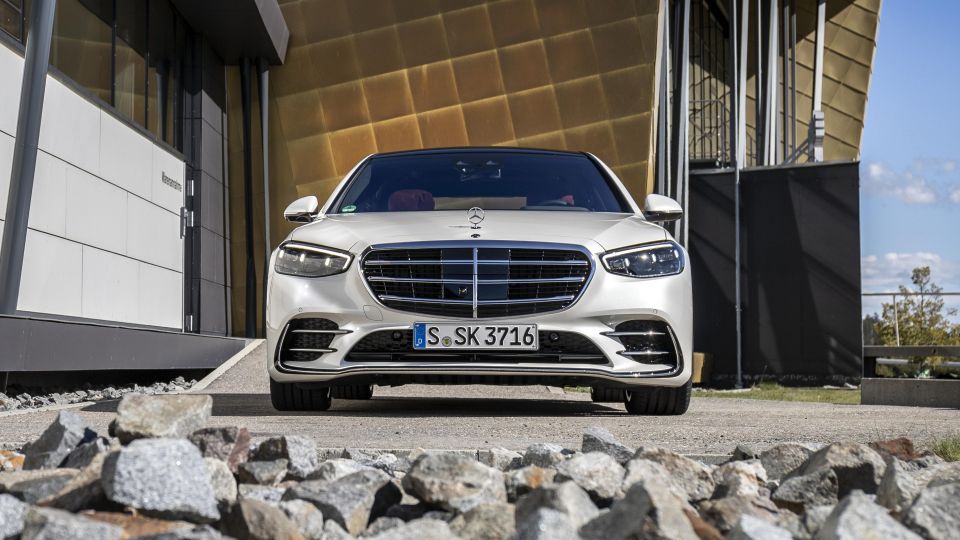

Contributor
Mercedes-Benz has long been one of the premier luxury car brands in the world. While the common perception may be that the brand is a more comfort-oriented proposition compared to the likes of BMW, the three-pointed star has a long history of producing desirable GT machines and an enviable lineage of proper sports cars bearing the famed AMG moniker.
In the 21st century, Daimler (parent company of Mercedes) has even pushed upwards with the re-introduction of Maybach, initially as a separate brand to compete head-on with Rolls-Royce and Bentley, and now as an ultra-luxury sub-brand within the Mercedes portfolio.
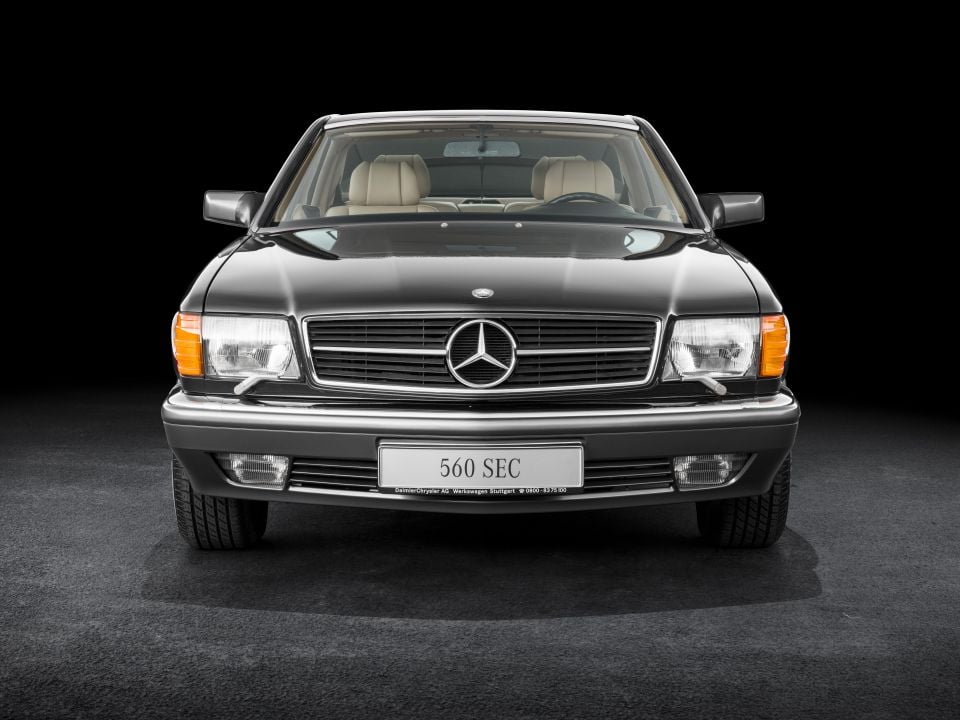
All of this means Mercedes has gradually developed different grille designs to signify a particular model’s positioning and the driving experience that it would offer. Traditionally, this meant that Mercedes sedans, being at the more conservative, comfort-oriented end of the spectrum, were sold with the chrome ribbed radiator grille, complete with the three-pointed star mounted as a bonnet ornament and visible from the driver’s field of view.
In contrast, Mercedes coupés, being positioned as a more sporting or GT option, featured a large three-pointed star positioned centrally as the focal point of the front grille, typically accentuated with two horizontal chrome bars.
Today, however, the lines have blurred, and Mercedes grilles can better be categorised into broader ‘themes.’
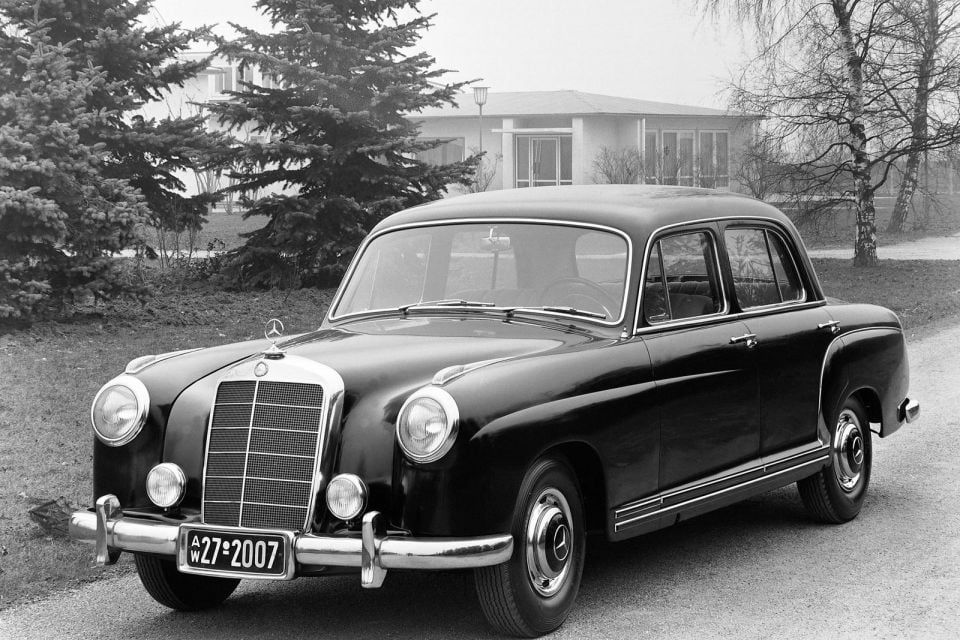
A well-known stereotype is that most cars that feature bonnet ornaments from the factory are comfort-oriented (or at least trying to imitate a comfortable car), and in this case, Mercedes is no exception.
The traditional chrome rib with numerous horizontal slats, finished with a bonnet mounted three-pointed star, has been the mark of a conservative Mercedes sedan for generations. The Mercedes-Benz ‘Ponton’ saloons (such as the 220S) produced during the 1950s are but one classic example of a model featuring this grille.
Previously, almost all Mercedes sedans including the C, E and S-Class (and their predecessors) were exclusively available with the traditional chrome rib. Currently, only the S-Class is exclusively available with such a grille, while the C and E-Class models are available with this design depending on the specific trim level.
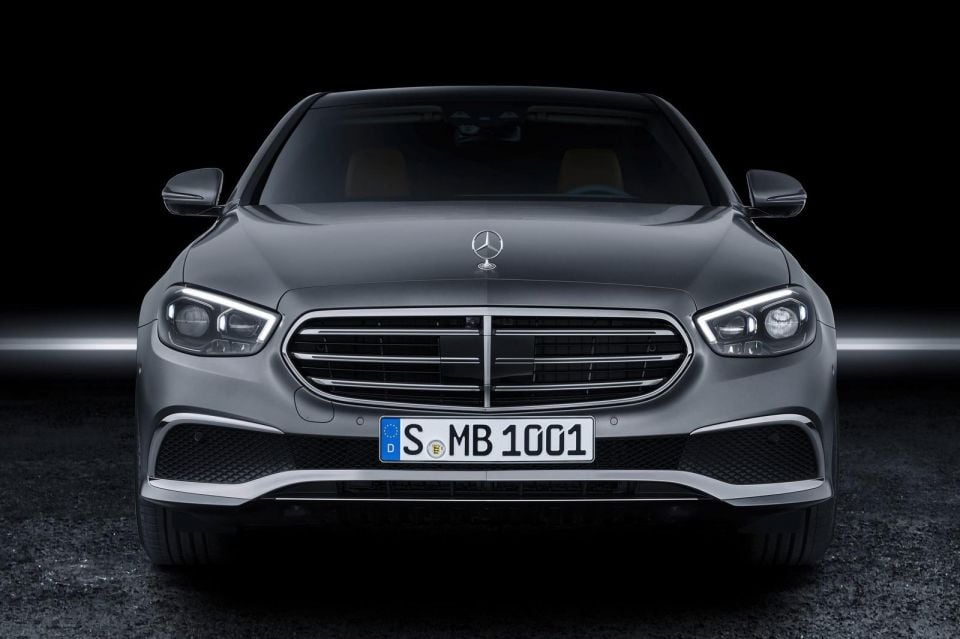
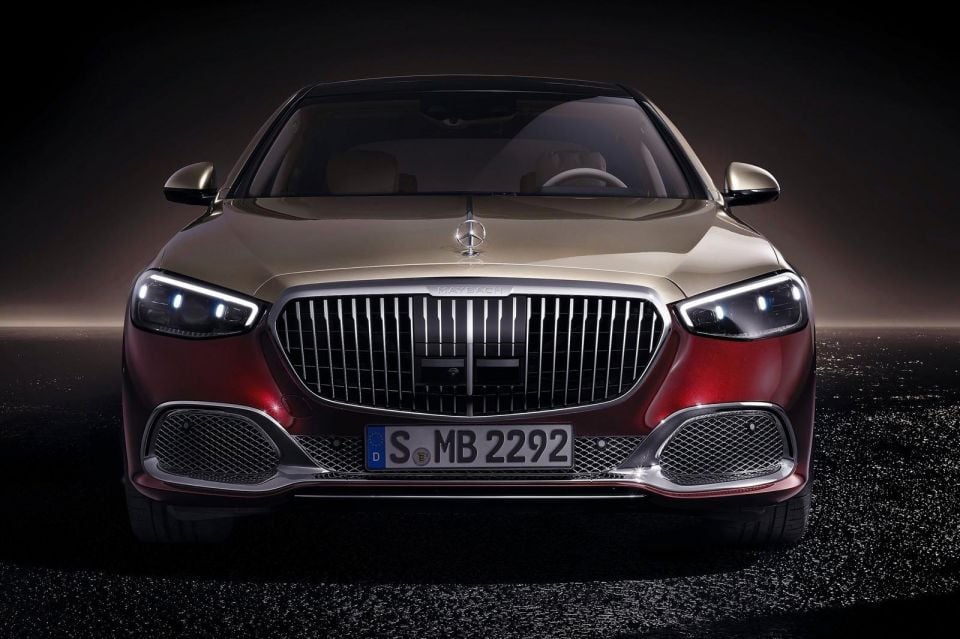
Maybach models take this one step further by replacing the chromed horizontal slats with a vertical design to create a more imposing, formal look. Earlier Maybach 57 and 62 cars accompanied this with a special Maybach ‘M’ hood ornament, while contemporary Mercedes-Maybach vehicles substitute this for the standard three-pointed star hood ornament.
In all cases, the overall shape of this grille has evolved from a taller design, to one focused on emphasising the vehicle’s width through a more horizontal orientation.
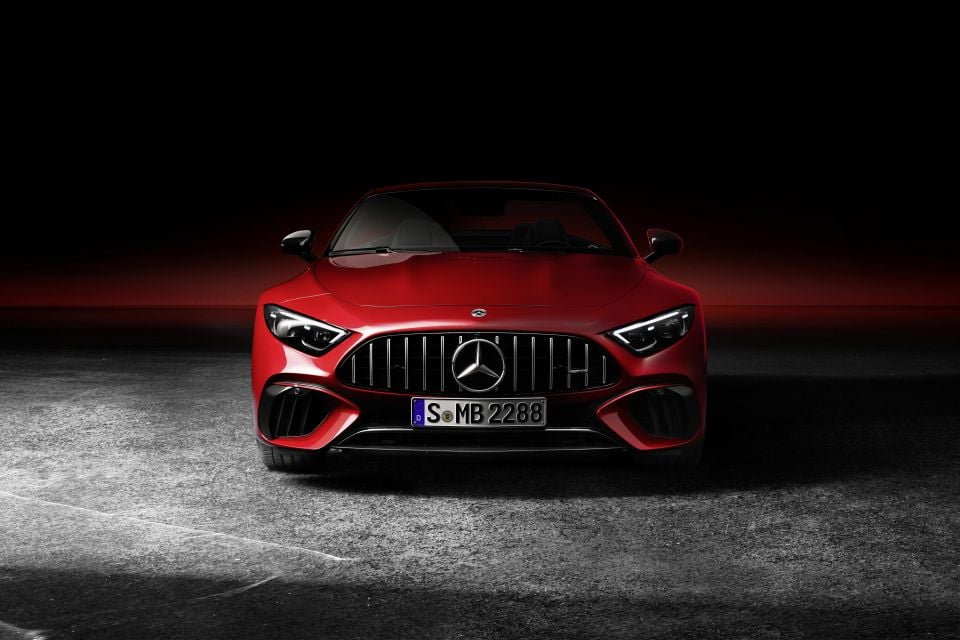
Mercedes’ sports cars, GT vehicles and other coupé/cabriolet models have long featured a sleeker, arguably more glamorous, large central star. The overarching grille shape for central star grilles has usually been much wider than their chromed siblings.
It’s framed within a circle, which is further visually highlighted by two chromed horizontal bars. Arguably the most famous Mercedes model to wear this grille design is the iconic 300SL Gullwing.
The majority of Mercedes models in the current Mercedes portfolio come with this grille, or a variation of it, as standard, including the Mercedes SUV range.

At present, this grille design also serves as the foundation for AMG models (except for S-Class AMG variants). Lesser AMG variants, such as the A35 and some ‘AMG-line’ models, may feature a variation with four horizontal bars (two spaced closely together on either side of the Mercedes star).
More powerful AMG models (such as the A45 S) instead feature what is called the Mercedes “Panamericana” grille. This variation substitutes the horizontal bars for a series of widely spaced vertical slats, painted in a darker chrome finish. The overall effect has an aggressive look befitting the performance ability of the car.
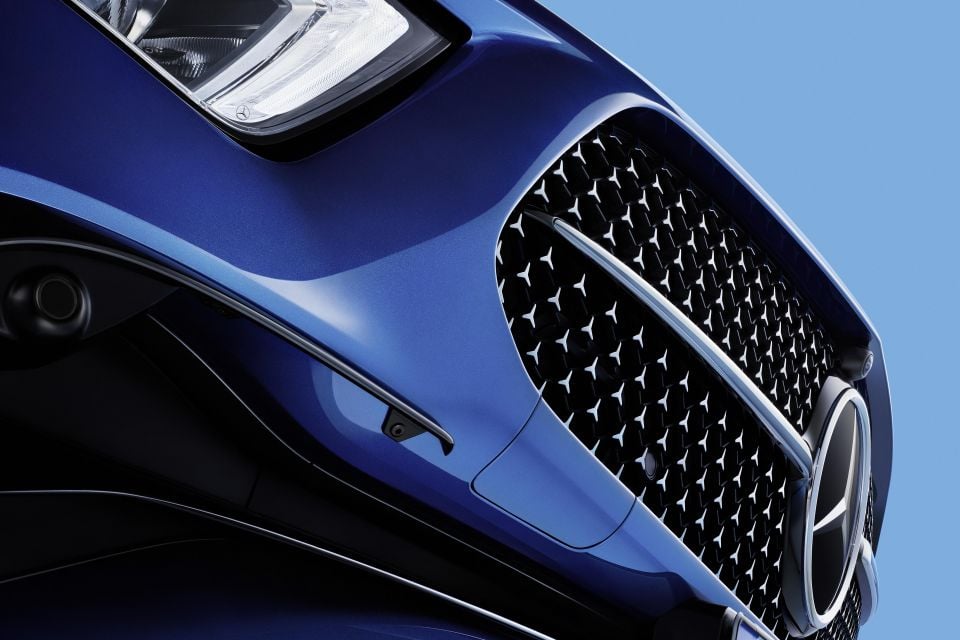
Unlike models such as the S-Class, which are rooted in tradition and therefore the subject of a tried and tested design philosophy, the firm’s smaller and newer models carry less baggage, thereby giving Mercedes designers much more freedom to experiment with and introduce new variations on the classic centrally mounted star.
One example is the more design-led CLS four-door coupé. In the most recent iteration of this model, Mercedes has added shiny, miniature three-pointed stars to the grille background – risking the critique of this design being misinterpreted as an exercise in overbranding rather than an elegant touch. Moreover, this design arguably builds on the chrome pins first introduced in the 2013 A-Class.
Perhaps suiting their larger, more off-road ready nature, standard Mercedes SUV models such as the GLB, GLC and GLE use larger ‘dashed’ horizontal bars.
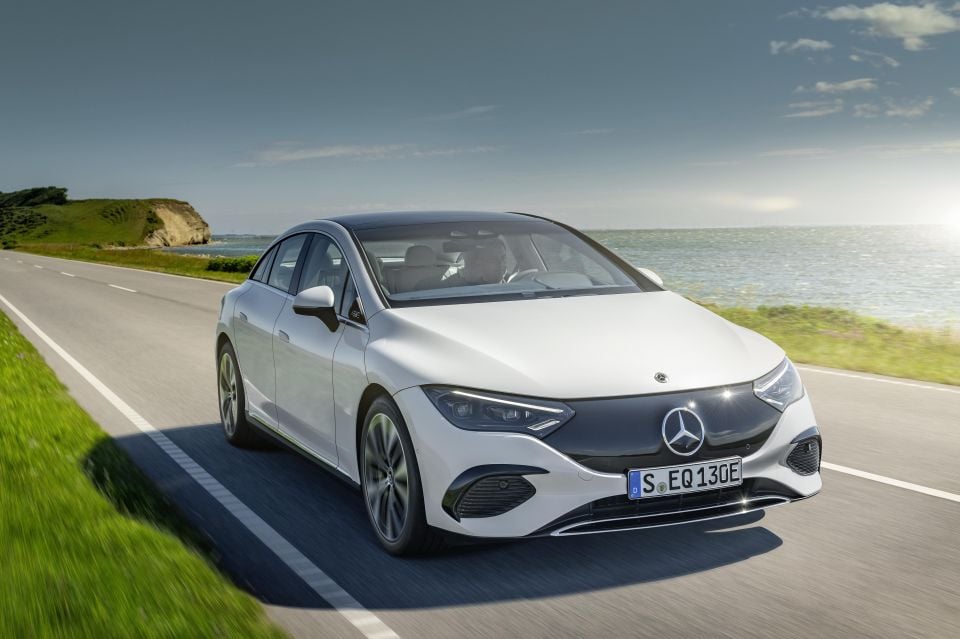
One of the most significant challenges for automotive designers in the electric vehicle era is whether to continue to proceed with the impression of having a front grille. The reduced cooling requirements of electric motors and drivetrains eliminates the need for a grille from an engineering perspective, however in today’s automotive world where design is anthropomorphised and cars are sold with recognisable ‘faces’, the absence of a grille may come across as a shock (or be perceived as ugly) to some customers.
Mercedes has attempted to resolve this problem by using contrasting closed-off panels and paint colours to retain at least the silhouette of a grille, without losing any of any aerodynamic benefits that come without having one.
Both the EQS and EQE, for example, feature blacked-out panels with an embedded large central star, framed by smaller three-pointed stars.
Mercedes-AMG is rolling out sportier versions of Mercedes’ new EQ models, with the EQS 53 the first to launch. It features a twist on the Panamericana grille, with the vertical chrome slats still present against a black background, but the grille opening closed-off.
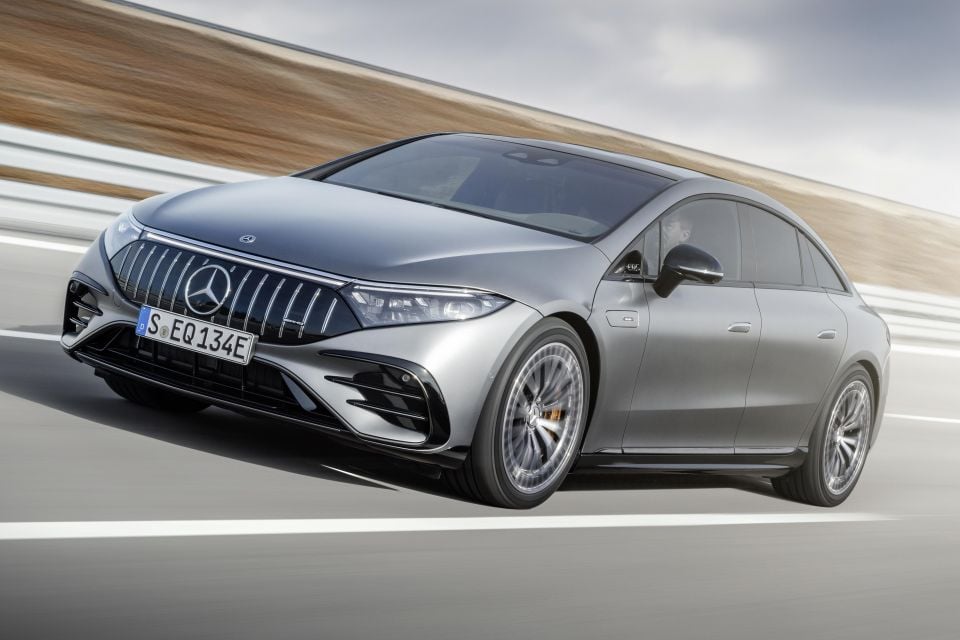


Damion Smy
10 Hours Ago
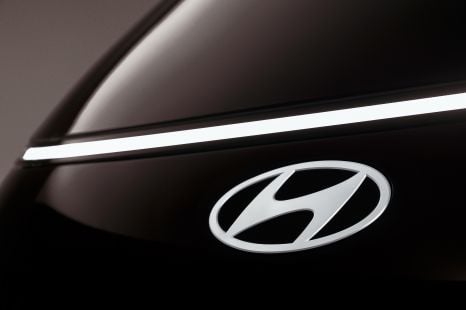

Damion Smy
13 Hours Ago
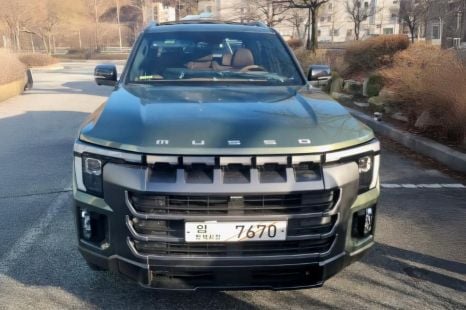

Damion Smy
17 Hours Ago


Damion Smy
19 Hours Ago
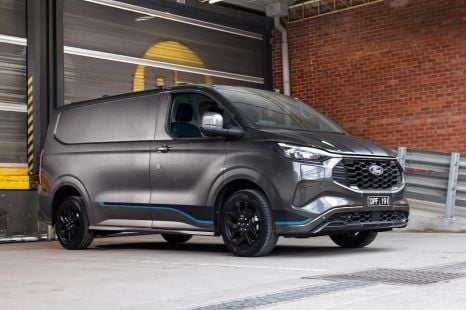

Damion Smy
19 Hours Ago
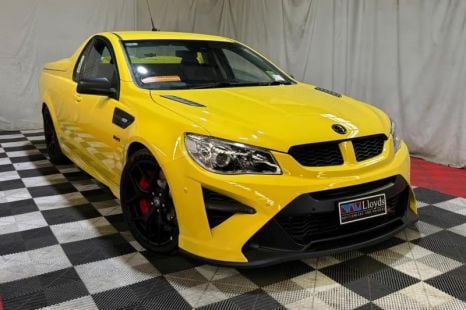

Damion Smy
20 Hours Ago